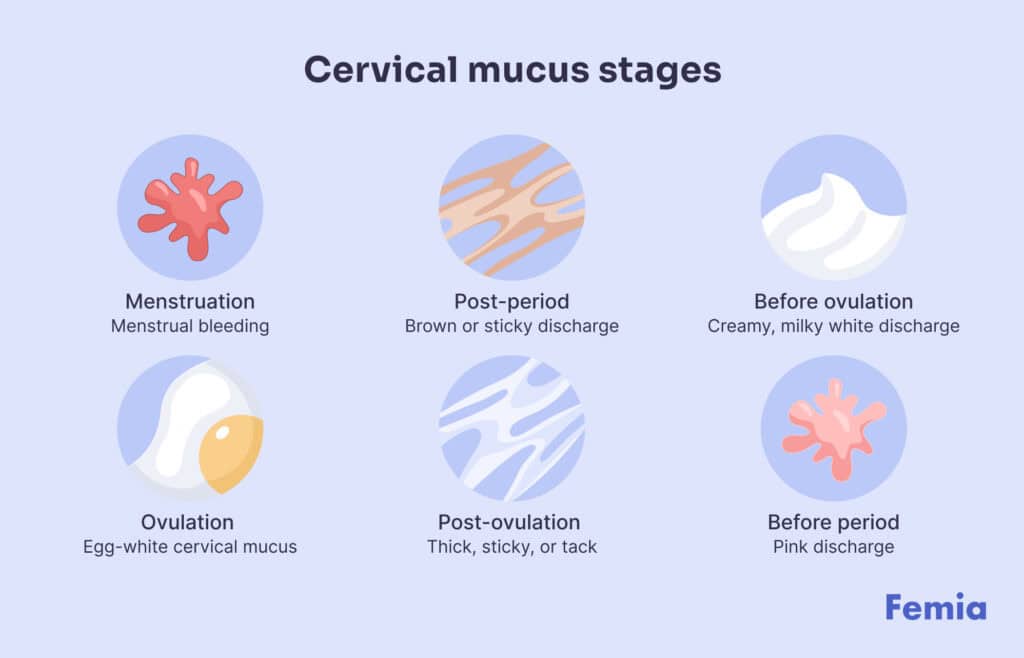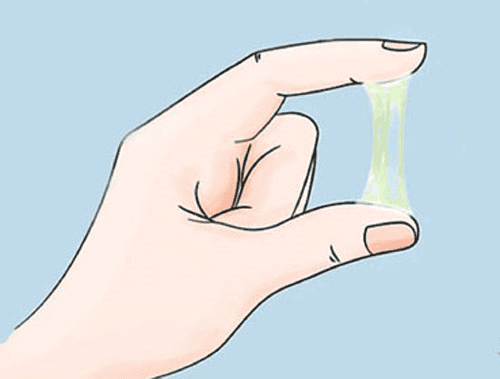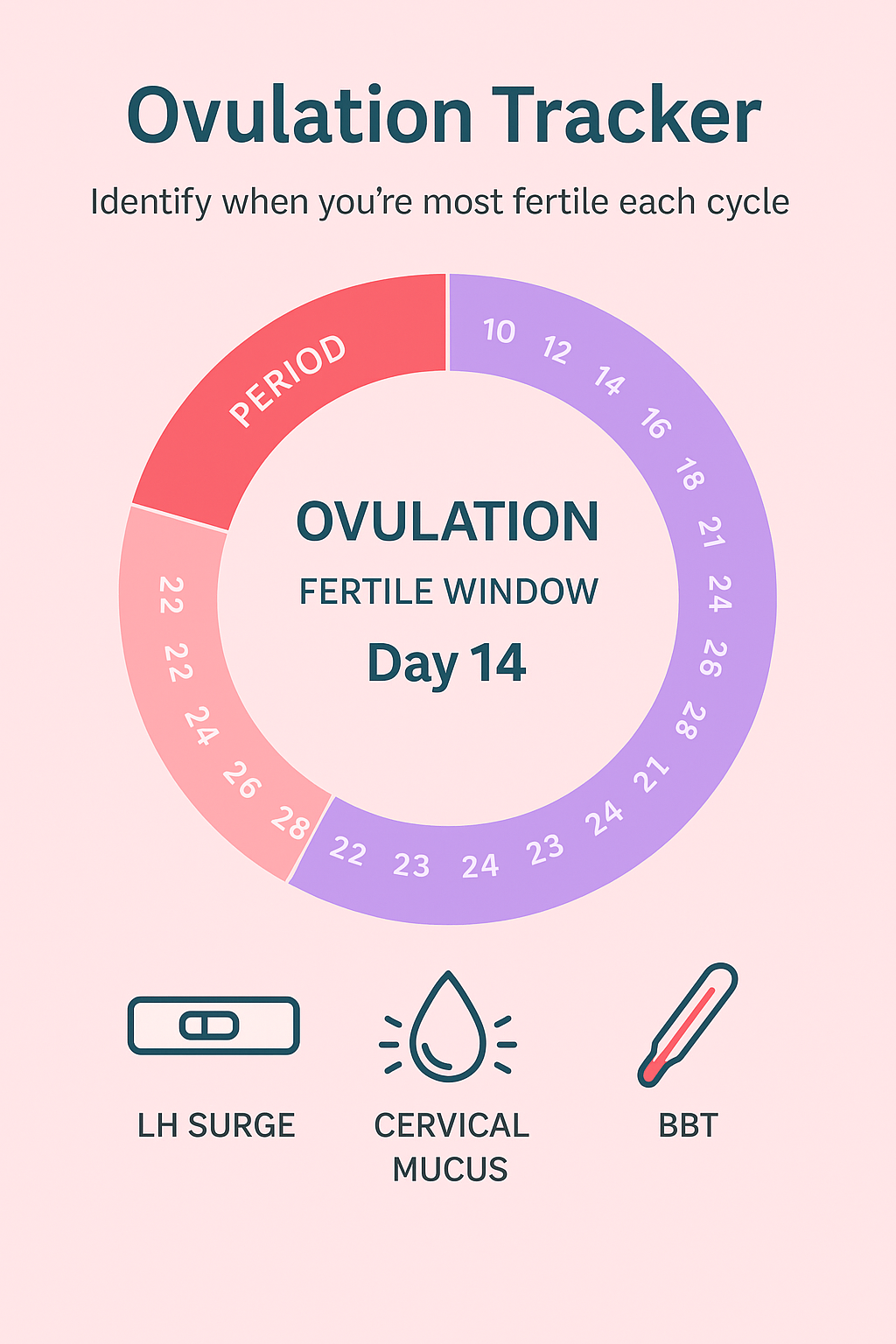You go to the bathroom, wipe, and there it is again: creamy discharge. Not watery, not “egg white,” but thicker, lotion-like, sometimes a little sticky. If you’re in the second half of your cycle (after ovulation), this can be confusing. Is it normal? Is it an infection? Is it pregnancy? Is it something you should worry about?
Take a breath. In most cases, creamy discharge in the luteal phase is completely normal and simply a sign that your hormones are doing their thing. This article will walk you through what’s typical, what’s not, how sex can change what you see, and when it’s a good idea to get checked.
First, a Quick Tour: What Is Vaginal Discharge, Really?

Vaginal discharge is your body’s way of cleaning, protecting, and balancing your vaginal canal. It’s not “dirt,” it’s not always a sign of infection, and you are not “gross” for having it. In fact, discharge is a sign that your vagina is alive and healthy.
Discharge is made up of:
- Cervical mucus from your cervix
- Vaginal fluids and natural lubrication
- Shedding cells from the vaginal lining
- Normal bacteria that help maintain a healthy pH
Because your hormones shift across the month, the texture, amount, and look of your discharge also change. The creamy discharge you notice in the luteal phase is part of that normal pattern for many people.
How Discharge Changes Across Your Cycle

Here’s a simplified view of discharge patterns many people experience:
- Right after your period: You might feel drier, with very little discharge.
- Approaching ovulation (follicular phase): Discharge gets more moist or creamy as estrogen rises.
- Around ovulation: Many notice clear, stretchy, “egg-white” cervical mucus — slippery and designed to help sperm move.
- Luteal phase (after ovulation): Discharge often becomes creamier, thicker, or lotion-like. This is the phase we’re focusing on.
- Right before your period: Some feel drier again, others still have creamy discharge until bleeding starts.
Not everyone has the same pattern, but many people see a shift from slippery (ovulation) to creamy (luteal). This is usually normal.
Why Does Discharge Get Creamy in the Luteal Phase?
After ovulation, your body enters the luteal phase. The follicle that released the egg becomes the corpus luteum, which produces higher levels of progesterone.
Progesterone:
- Thickens the uterine lining (preparing for a possible pregnancy)
- Changes the type of cervical mucus your body makes
- Often leads to creamier, thicker discharge rather than clear and stretchy
This creamier mucus acts like a gentle barrier. After your fertile “open window” around ovulation, your body shifts into a more “closed-door” mode: the cervix is less welcoming to sperm, and mucus is thicker.
So if you’re noticing white or off-white, creamy, smooth, or lotion-like discharge without a strong odor or irritation, that’s usually just your progesterone phase in action.
What Does “Normal” Creamy Luteal Discharge Look and Feel Like?

“Normal” has a wide range, but typical luteal-phase discharge often:
- Looks white, off-white, or pale yellow when dry on underwear
- Feels creamy, smooth, or lotion-like
- May feel a bit sticky or thick between your fingers
- Smells mild or slightly musky, but not fishy or foul
- Does not cause burning, itching, or pain
You might notice more discharge on some days and less on others, even within the luteal phase. Stress, sleep, hydration, and sex can all influence what you see in your underwear.
How Sex (Especially Ejaculation Inside) Changes What You See
If you’ve had unprotected sex or your partner ejaculates inside your vagina, what you see later can look different:
- Semen can mix with your natural discharge, making it look whiter, creamier, or slightly clumpy for a while.
- You may notice more discharge when you stand up, cough, or use the bathroom after sex — this is often just semen and mucus leaving the body.
- The smell may be a bit stronger or different right after sex because of the mix of fluids, sweat, and natural vaginal environment.
This can be especially noticeable in the luteal phase, when your mucus is already thicker. It doesn’t necessarily mean an infection or a problem — it’s just your body processing what went in and what needs to come out.
If pregnancy is not desired, this is also the time when some people feel more anxious about what they’re seeing: “Is this just semen and luteal discharge, or an early pregnancy sign?” Your feelings are valid. Using consistent contraception and tracking your cycle can help reduce some of that worry.
Could Creamy Luteal Discharge Be an Early Pregnancy Sign?
This is one of the most common questions: “I’m in my luteal phase and noticing creamy discharge — am I pregnant?”
The honest answer:
- Yes, creamy discharge can show up in early pregnancy due to rising progesterone and increased blood flow to the pelvic area.
- But the same type of discharge is also very common in a normal luteal phase when you’re not pregnant.
So creamy discharge alone is not a reliable way to know if you’re pregnant.
Signs that may make pregnancy more likely (especially if your period is late) include:
- Period is overdue
- New breast heaviness or nipple sensitivity
- Unusual fatigue
- Nausea or food aversions
If there’s a chance of pregnancy, the clearest answer will come from a pregnancy test after your expected period date, not from discharge alone.
When Creamy Discharge Might Not Be Normal
While creamy discharge is often normal in the luteal phase, there are times when it can signal an infection or imbalance. Pay attention to how it looks, smells, and feels.
Signs to watch out for
- Strong, fishy odor — may suggest bacterial vaginosis (BV).
- Green, yellow, or grey discharge — especially if foamy or bubbly, can be a sign of infection.
- Cottage cheese-like clumps + intense itching or burning — may suggest a yeast infection.
- Burning when you pee or significant soreness around the vulva.
- Pelvic pain, fever, or feeling generally unwell.
- Bleeding between periods (especially if it’s new for you).
If you notice any of these, especially with discomfort or pain, it’s important to see a healthcare provider. They can test for yeast, BV, or sexually transmitted infections (STIs) and recommend safe treatment.
Intimacy, Smell, and Feeling Self-Conscious

The luteal phase can make you feel more emotionally sensitive and more aware of your body. You might worry:
- “Is my discharge noticeable to my partner?”
- “Do I smell weird?”
- “Is creamy discharge during sex gross?”
Here’s the truth: discharge is normal in a sexually active body. During arousal and penetration, discharge mixes with your natural lubrication and sometimes with your partner’s fluids too. That’s part of sex — it doesn’t mean you’re dirty.
If you feel self-conscious, you can:
- Have a quick rinse of the vulva (just water on the outside) before intimacy.
- Use a towel nearby during or after sex if it makes you more comfortable.
- Communicate honestly if you’re feeling shy — a caring partner will want you to feel at ease.
You deserve to enjoy intimacy without shame for having a body that makes fluids. That’s literally how a healthy vagina works.
What You Don’t Need to Do (Please Don’t)
When discharge changes, it’s easy to feel tempted to scrub, mask, or “fix” it. But some habits can actually make things worse.
- Don’t douche: This can upset your natural pH and lead to more infections.
- Don’t use heavily perfumed soaps inside the vagina: The vagina is self-cleaning; wash the vulva only, with gentle, unscented products or just water.
- Don’t self-treat every discharge change as infection without checking symptoms — you may end up irritating tissue unnecessarily.
Simple care is often best:
- Cotton underwear or breathable fabrics
- Change out of damp clothing (like swimsuits or workout gear) when you can
- Gentle washing of the vulva (outer parts) once a day
How Tracking Discharge Helps You Understand Your Body

In a period and pregnancy tracker, logging your discharge can give you a powerful pattern over time:
- When creamy discharge usually appears in your luteal phase
- How it changes after ovulation, sex, stress, or illness
- What’s “normal for you” versus a new pattern that needs attention
The more you track, the easier it becomes to say:
“Okay, this creamy discharge is my usual luteal phase, not something scary.”
And if something does feel off, those logs can be incredibly helpful to share with your doctor or nurse.
When to Talk to a Healthcare Professional
Reach out to a healthcare provider if:
- You notice new, strong, or unpleasant odors
- There’s itching, burning, or pain in or around the vagina
- Discharge is green, grey, or very yellow
- You have pelvic pain, fever, or feel unwell
- Your discharge suddenly changes in a way that worries you
- You’ve had unprotected sex and are concerned about STIs or pregnancy
Asking for help doesn’t make you dramatic or “dirty.” It makes you someone who is actively caring for her body.
Key Takeaways: Your Creamy Luteal Discharge Is Usually a Love Letter from Your Hormones
- Creamy discharge in the luteal phase is very often normal and driven by progesterone.
- Texture, amount, and color can shift through your cycle and after sex, especially with ejaculation.
- Creamy discharge alone can’t tell you if you’re pregnant — tests and timing matter more.
- Red flags: strong odor, pain, itching, cottage cheese-like clumps, or unusual colors.
- You don’t need to scrub, hide, or feel ashamed. Your discharge is part of a healthy, working vagina.
The more you learn your body’s patterns, the less scary each change becomes. You can go from, “What’s wrong with me?” to “Oh right, luteal phase — my body’s doing exactly what it’s meant to do.”



